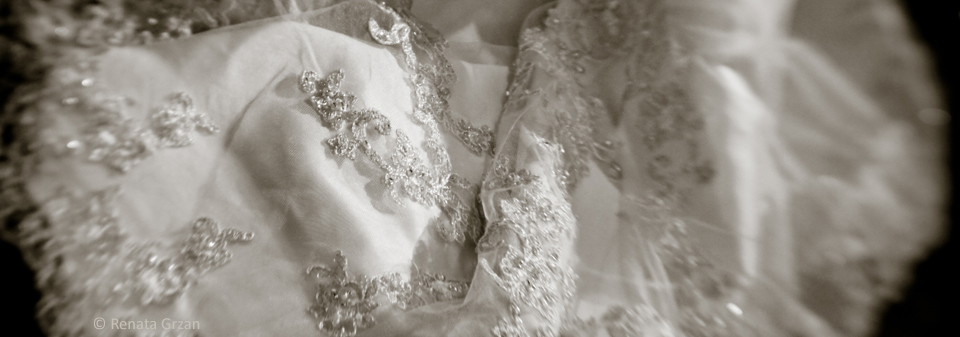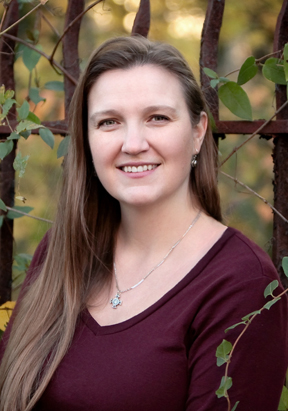
.jpg)
When taking a portrait, sometimes we can’t choose our backgrounds, but we can choose how much we notice them. Unless the background is integral to the person in the portrait, it’s normally more pleasing to set the main subject apart, or differentiate them from the background by letting it go out of focus, thereby making your subject stand out more. That way, when only your main subject is in focus, it’s clear who or what your subject is.
The control for this is all in the f-stop, the aperture that is.
By choosing a wide aperture (small f-stop number) we create a more shallow depth of field. By choosing a narrow aperture (large f-stop number) we create a lot of depth of field. Translation: Wide Aperture/Small f-stop Number = Blurry Background (That’s if you put the focus dot on the person of course.)
Margaret, found playing hooky again in her local park, was willing to pose for you all to illustrate my point. I put her in front of a busy background as you can see in the above photo. It was another very sunny day, and a typical camera in Auto Mode would recognize all that light and try to close the shutters, so to speak, by creating a small aperture hole. Since small apertures create lots of depth of field, I opened up my aperture nice and wide to help the background disappear and increased my shutter speed to compensate for all the extra light coming in. What you see here is f16 above and f2 below. That’s the difference the size of the aperture hole makes.

.jpg)
Now if you don’t have manual modes on your camera, or just don’t want to fuss with them, most point and shoot cameras and some SLR’s do have a Portrait Mode. If you look at your dial or menu options and you see a face in profile, or a woman with a hat, that’s your Portrait Mode. What that mode does is it automatically sets your lens’s aperture to usually the widest it goes, maybe f3.2 or f4. (Some newer point and shoots are now down to f2.8 which is great.) Then it calculates automatically the rest of the settings. This mode works well to blur out distracting backgrounds while keeping your subject focused.
For Your Tip Within a Tip:
After opening up your aperture or selecting Portrait Mode the next time you’re taking portraits, to help differentiate your subject even more, try putting some extra distance between your subject and the background if you have room. This will help create the illusion of an even more shallow depth of field for that nice blurry background, while keeping only your subject in focus.
Pop Quiz:
Am I using a flash?




Another fun Margaret shoot, and I read it with great interest since I now have a new camera I will soon be learning to use! I will also be going back and reading all your Friday tips with new camera in hand.
My guess is that you are not using a flash due to the shadow lines across Margaret’s face.
Sorry, Peter. Guess again 🙂
Ok, I now guess that you ARE using a flash! 🙂